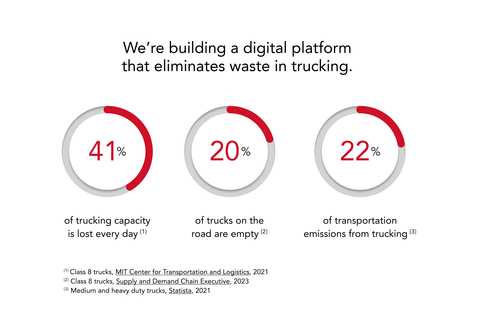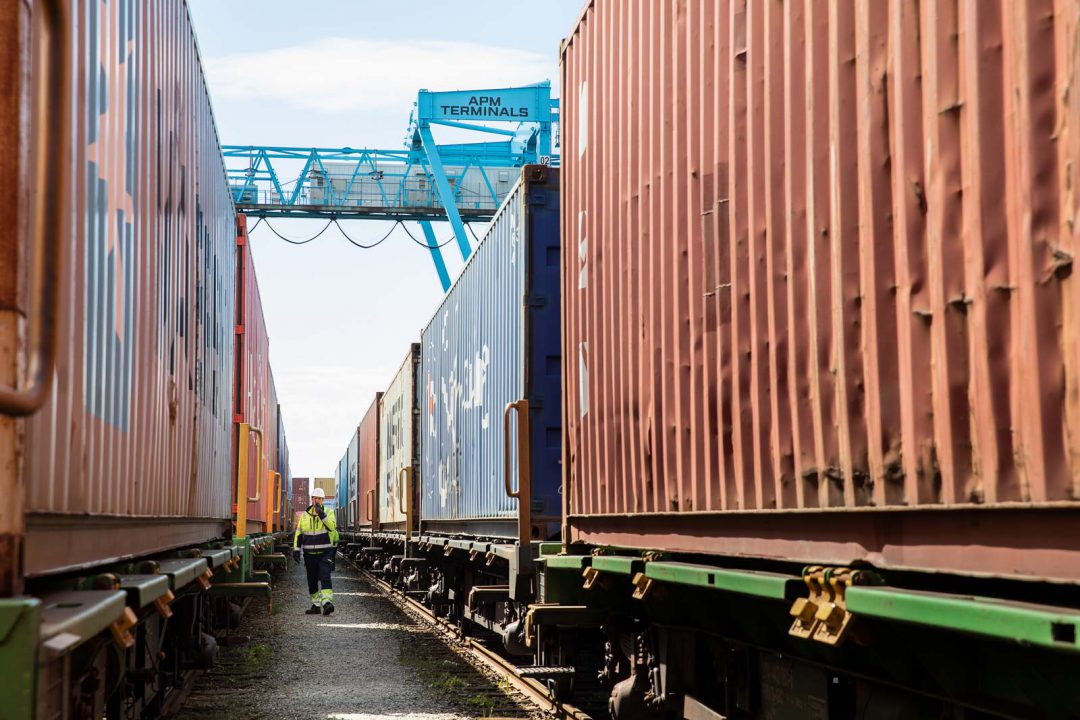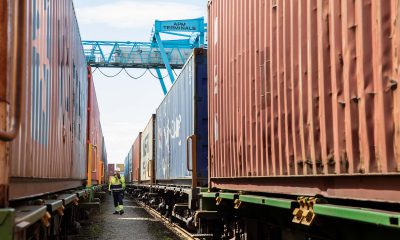At the third myDHLi Digital Summit, DHL Global Forwarding presented its upgraded state-of-the-art digital customer portal and how it helps customers enhance their logistics’ performance, resilience, and sustainability, even in uncertain times. Broadcasted live from the transport logistic trade fair in Munich, Deutsche Post DHL Group’s leading international freight specialist introduced new features and updates to the myDHLi portal, making it even more convenient and efficient. Since its launch in 2020, the number of customers managing their logistics and transportation needs with myDHLi grew to over 16,000.
“We are living in uncertain times, where our customers are facing different challenges in their transportation needs. Our role as a logistics provider is to manage these uncertainties and complexities and help our customers to maximize their performance, resilience, and sustainability in logistics. Our logistics and digital expertise are bundled in myDHLi and help over 16,000 customers navigate also through uncertain times,” says Tim Scharwath, CEO DHL Global Forwarding, Freight.
myDHLi boosting performance and productivity
The developer team consequently incorporates user feedback and explores ways to boost the performance and productivity of customers even further. Designed as a one-stop-shop solution, myDHLi meets the customer’s transport and logistics needs on a single digital platform. The central Follow+Share functionality simplifies alignment processes and avoids time-consuming communications flows on the sidelines. Therefore, shipment notifications are now not only configurable, but also can be received as a daily digest. This feature provides a summary of individually selectable events that are most important to the user – such as shipment or customs status and irregularities. In addition, the new myDHLi book service allows customers with contracted rates to directly submit a booking via the myDHLi portal. Without additional emails, phone calls or API integrations, a booking can be completed in six simple steps.
Booking a shipment goes hand in hand with the corresponding documents. For this reason, the functionalities of myDHLi Documents were expanded. Documents can now not only be attached to a booking, but also uploaded at any time via the recently launched upload feature. This ensures that documents are always attached to the correct shipment and can be found easily and quickly. To further improve performance, the popular myDHLi Reports service has also been enhanced. Originally only containing operational data, it was expanded in 2022 to include Green data that allows to review the sustainability performance. From now on, invoice level data completes myDHLi Reports and financial data can be seamlessly combined with operational and sustainability data in fully customizable, schedulable and sharable reports. This opens up a whole new dimension of reporting against performance indicators at operational, financial and sustainability levels.
myDHLi building resilience
A prerequisite for resilience is visibility and transparency. myDHLi provides visibility and transparency across three dimensions – environmental impact, costs and lead times. In combination with last year’s launched Smart ETA myDHLi is a great example of shipment visibility. Ocean Freight arrival times are predicted up to 48 percent better than the information provided by the carriers. Often however, it’s not just the visibility of a single shipment that matters, but that of the entire supply chain. For this reason, myDHLi is now presenting a new order visibility option, which provides an overview of orders and order lines. Customers will soon gain a new level of transparency, from the overall order (PO) to the individual order lines (SKU), with a seamless link into the related shipment. In case of disruptions, immediate action can be taken, for instance by shifting the transport mode from Ocean Freight to Air Freight using the Quote + Book functionality of myDHLi.
myDHLi improving sustainability
Sustainability has been an integral part of myDHLi since the myDHLi Digital Summit last year. Customers can easily book the GoGreen Plus service via Quote + Book and reduce the carbon emissions of their shipments with the help of sustainable fuels. To better compare and analyze sustainability efforts, myDHLi Reports now offers an even greater level of detail. Users can uniquely combine operational data with green data including carbon footprint, but also other pollutants such as Nitrogen Oxides (NOx) and Sulfur Oxides (SOx). Together with the GoGreen Dashboard in myDHLi Analytics customers have comprehensive carbon intelligence at their fingertips, allowing them to see their total footprint, efficiency by mode and even individual to trade lanes. This creates effective transparency around carbon efficiency and informed starting points to drive further individual sustainability agendas.























